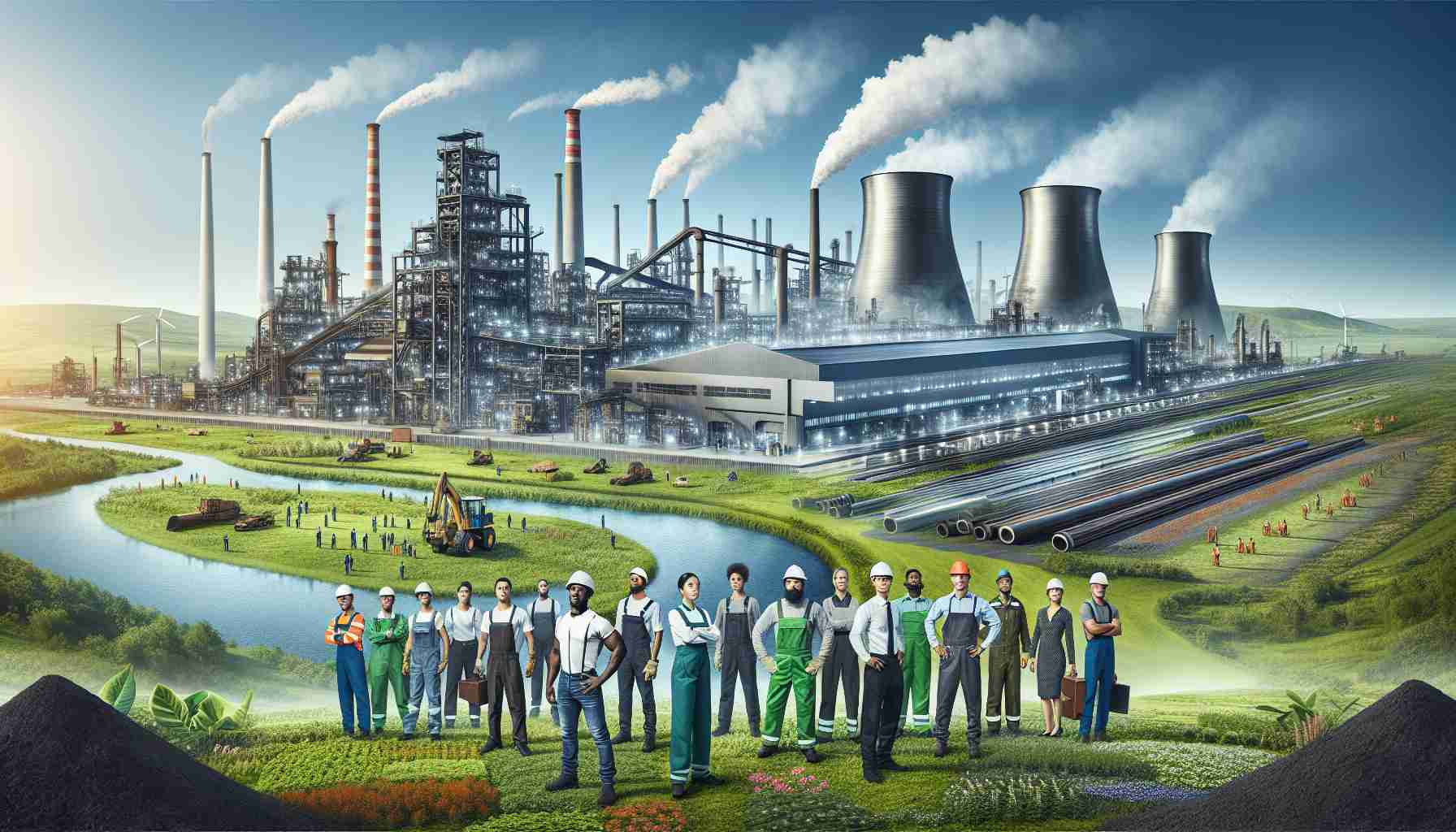The steel industry is undergoing a significant transformation with the rapid adoption of sustainable technologies. Traditional blast furnaces, notorious for their high carbon emissions, are gradually being replaced by more eco-friendly electric arc furnaces (EAFs). Recent projections indicate that by 2023, an overwhelming 93 percent of newly planned steelmaking capacity will rely on EAFs, marking a remarkable shift towards greener practices.
While electric furnaces currently account for 32 percent of global steel production, this figure is expected to climb to over 36 percent by the end of the decade. This upward trajectory aligns closely with the International Energy Agency’s goal of achieving a 37 percent share for EAFs in steelmaking operations by 2030.
However, challenges persist in the realm of iron production, a critical stage in the steel manufacturing process notorious for its carbon-intensive nature. Despite the rise of direct reduction iron (DRI) as an alternative to coal-based blast furnaces, the transition has been slower than anticipated. The prevalence of fossil gas in current DRI operations underscores the need for accelerated adoption of green hydrogen technology to significantly reduce carbon emissions.
Amidst these complexities, industry experts remain cautiously optimistic about the steel sector’s potential to evolve into a fossil-free enterprise. While substantial hurdles lie ahead, the increasing momentum towards sustainable practices heralds a promising future where steel production can coexist harmoniously with environmental preservation.
Revolutionizing the Steel Industry: Embracing Innovation for a Sustainable Tomorrow
The ongoing transformation of the steel industry towards sustainability not only involves the shift from traditional blast furnaces to electric arc furnaces but also encompasses a broader spectrum of technological advancements and environmental considerations. As the sector navigates towards a cleaner future, several key questions arise, along with associated challenges and opportunities.
What role does renewable energy play in revolutionizing the steel industry?
Renewable energy sources, particularly solar and wind power, are increasingly being integrated into steel production processes to reduce reliance on fossil fuels. By utilizing clean energy, steel plants can minimize their carbon footprint and contribute to a more sustainable supply chain.
How are innovations in material science shaping the steel industry’s future?
Advancements in material science are driving the development of high-strength, lightweight steel alloys that offer superior performance characteristics while reducing overall material usage. These innovations not only enhance product quality but also support efforts to optimize resource efficiency across the industry.
What are the economic implications of transitioning to greener steel production methods?
While the adoption of sustainable technologies may initially entail higher investment costs, the long-term economic benefits, such as reduced operational expenses and enhanced market competitiveness, often outweigh the upfront expenditures. Businesses that proactively embrace eco-friendly practices are better positioned to meet evolving regulatory standards and consumer preferences.
Key Challenges and Controversies:
One of the primary challenges facing the steel industry’s green transition is the need to address the intermittency of renewable energy sources. Balancing energy demand with supply fluctuations requires innovative energy storage solutions and smart grid management strategies to ensure continuous and efficient steel production.
Advantages and Disadvantages:
The transition towards cleaner steel production methods offers numerous advantages, including reduced carbon emissions, improved air quality, and enhanced resource efficiency. However, challenges such as technological barriers, regulatory uncertainties, and workforce retraining needs present potential obstacles along the path to sustainability.
As the steel industry embarks on a journey towards a brighter, cleaner future, collaboration among stakeholders, ongoing research and development efforts, and proactive policy interventions will be essential to overcome challenges and realize the full potential of sustainable steel manufacturing.
For further insights and updates on the steel industry’s sustainable transformation, visit Steel.org.
